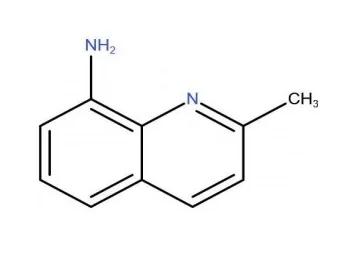
SHANGHAI HONOR INDUSTRIAL CO.,LTD.
Menu
1,3-Dibromopropane (CAS NO.: 109-64-8)
1,3-Dibromopropane (CAS NO.: 109-64-8)
CAS NO.: 109-64-8
Content:99.00%
Application: Production of dyestuffs, pharmaceuticals, and cyclopropane. and as a herbicide in some contexts.
Description
Products Review
1,3-Dibromopropane, CAS number 109-64-8, is a dihalogenated alkane compound. It has the molecular formula C₃H₆Br₂ and a molecular weight of 201.89 g/mol. Common synonyms include trimethylene dibromide, 1,3-propylene dibromide, and ω,ω’-dibromopropane.
Physical and Chemical Properties
- Appearance: Colorless to slightly yellow liquid with a sweet odor.
- Melting Point: -34.4 °C.
- Boiling Point: Approximately 165–167 °C at atmospheric pressure; lower under reduced pressure (e.g., 63–63.5 °C at 26 mmHg, 76–77 °C at 40 mmHg).
- Density: 1.977 g/cm³ at 20 °C.
- Refractive Index: 1.522.
- Solubility: Soluble in organic solvents such as ether, acetone, and chloroform; insoluble in water.
- Stability and Reactivity: Decomposes upon prolonged heating, partially converting to 1,2-dibromopropane; boiling with water produces propylene glycol. It can release toxic and corrosive fumes when decomposed.
Uses
This compound serves primarily as an intermediate in organic synthesis. It is used to form C₃-bridged compounds through reactions like C-N coupling. Specific applications include:
- Production of dyestuffs, pharmaceuticals, and cyclopropane.
- As a herbicide in some contexts.
- In the preparation of specialized compounds, such as chiral geminal dicationic ionic liquids and 1,3-bis(1-7-chloro-4-quinolyl-4-piperazinyl)propane. It is typically intended for research and development purposes, not for medicinal, household, or other non-R&D uses.
Safety and Hazards
1,3-Dibromopropane is classified as a flammable liquid and poses health risks. Key hazards include:
- Toxicity: Toxic if swallowed; harmful upon skin contact or inhalation. It can cause inflammation of the skin and may aggravate pre-existing dermatitis.
- Irritation: Causes skin irritation, serious eye irritation, and potential respiratory irritation.
- Carcinogenicity: Not identified as a probable, possible, or confirmed human carcinogen by IARC (at levels ≥0.1%). However, some sources note potential reproductive toxicity or cancer risks under certain regulations (e.g., Proposition 65 in California).
- Handling Precautions: Avoid contact with skin, eyes, and clothing; do not inhale vapors or mists; keep away from ignition sources—no smoking. Wash thoroughly after handling, and do not eat, drink, or smoke while using. Use in a well-ventilated area with appropriate personal protective equipment (e.g., gloves, eye protection). In case of exposure, move to fresh air if inhaled, rinse skin or eyes with water, and seek medical attention, showing the safety data sheet.
- Regulatory Notes: Listed under TSCA, but not all aspects are fully regulated; check local regulations for handling and disposal.








